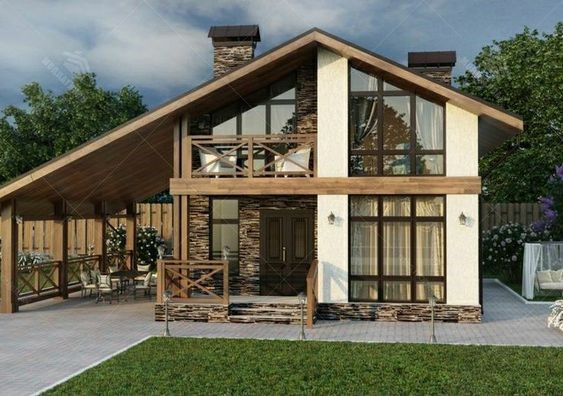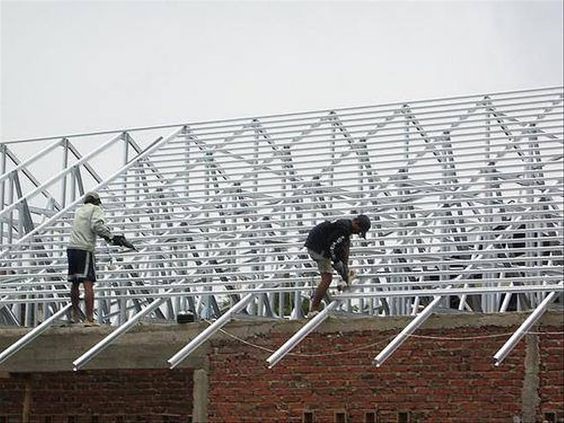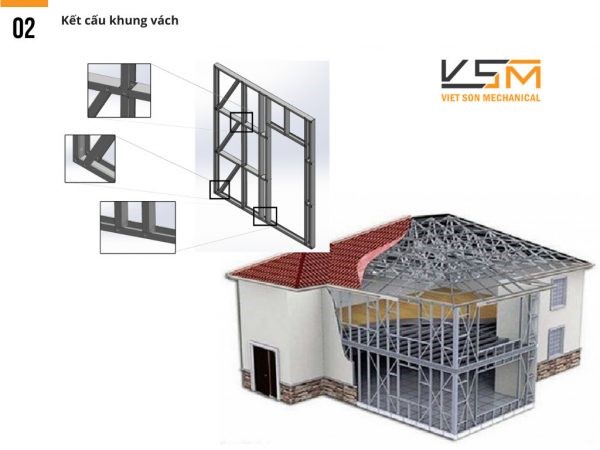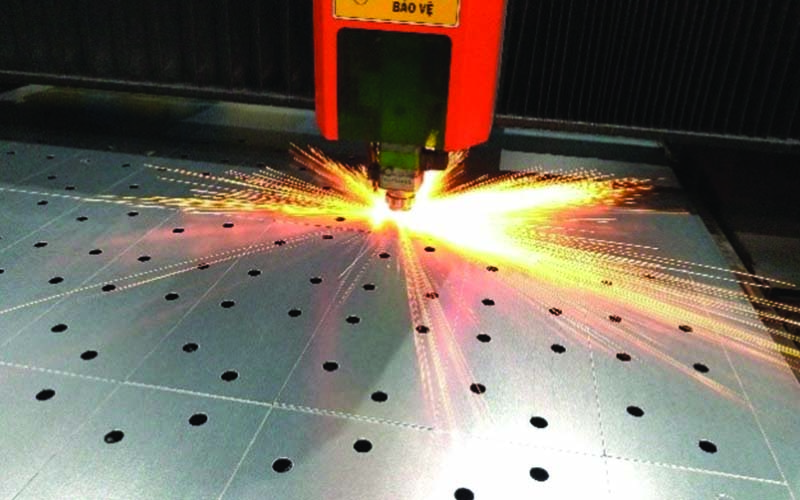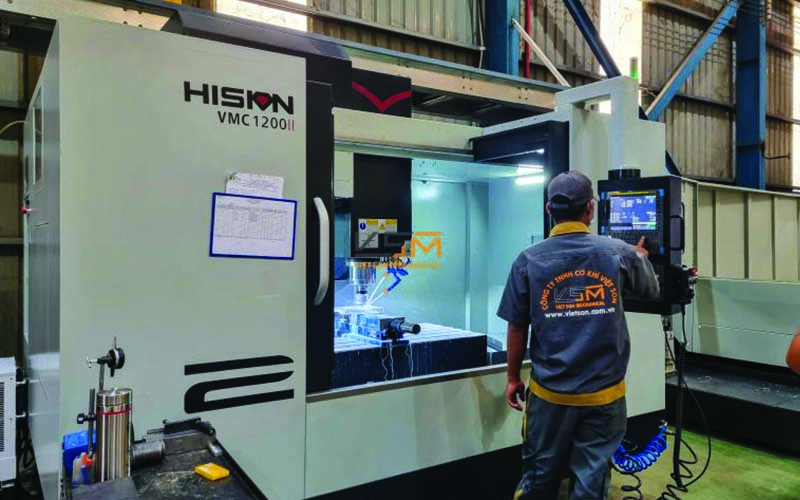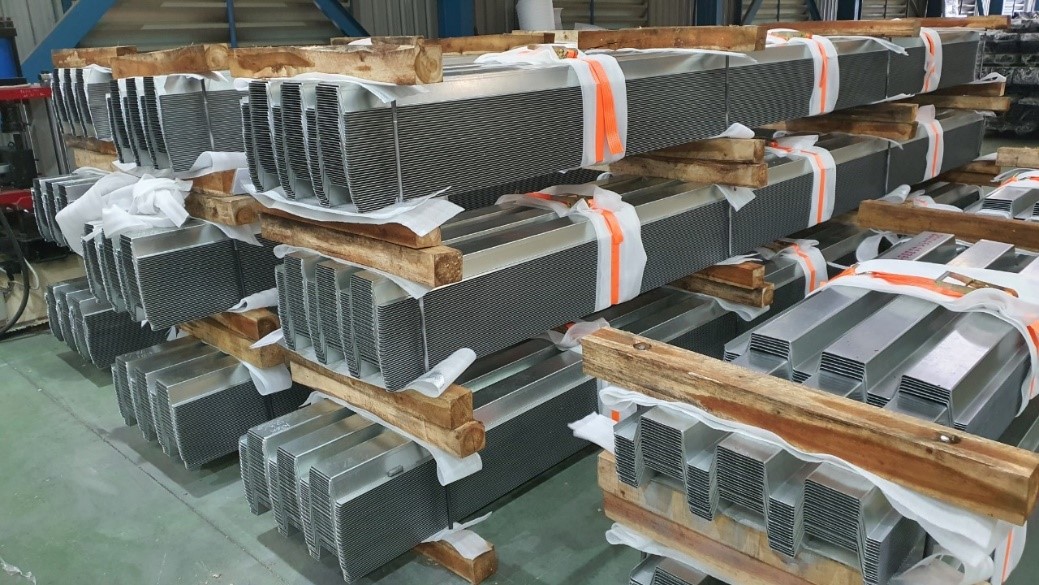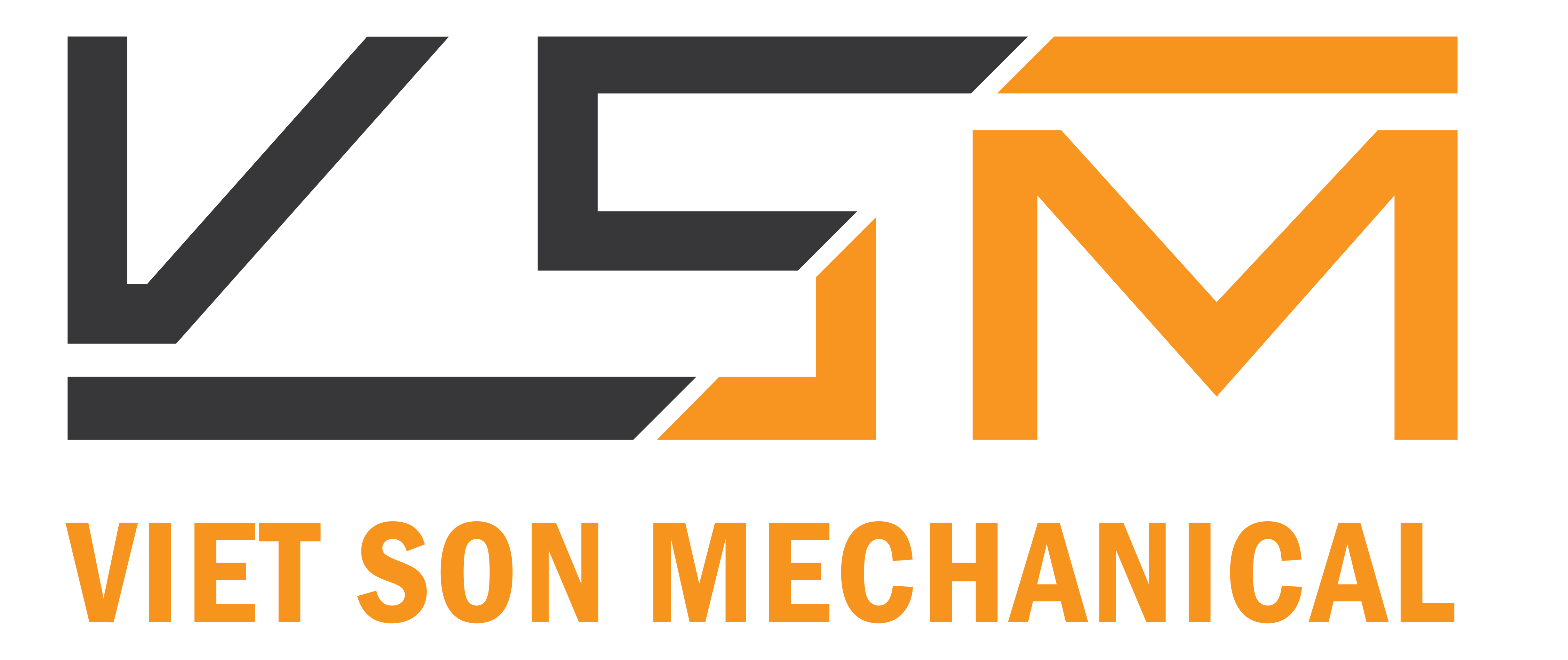Introduced several decades ago, prefabricated houses remain a practical choice for individuals with moderate economic means, especially during periods of skyrocketing real estate prices. As technology advances, prefabricated houses have undergone some changes to align with new trends. Ensuring safety and structural integrity, great emphasis is placed on the selection of materials used. Nowadays, the commonly used materials in prefabricated house construction are wood, steel, and concrete – three widely applied types.
The main materials favored and applied in prefabricated houses
In addition to wood, steel, and concrete, plastic and glass are two materials closely associated with modern houses that have a strong connection with nature. They are primarily used for window frames.
Wood Material
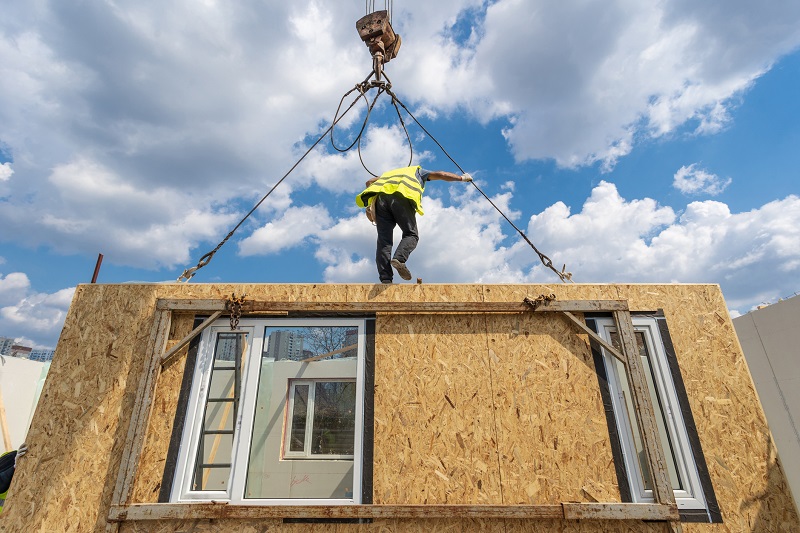
Wood has been used in construction for over 10,000 years. It is the most versatile and readily available material in the world. Typically, it is used for house frames. With creativity and modern machinery, wood can be transformed into thousands of different shapes and forms. Solid and long-lasting timber species are selected for roofing and structural columns, while the remaining parts are utilized for decoration and interior fittings of the house.
Furthermore, wood is used in prefabricated houses because of its lightweight and ease of reuse compared to other materials. Prefabricated houses are favored for their maximum flexibility, as they can be manufactured in factories and transported to the final assembly location. When necessary, they can be disassembled and moved to a more suitable place. Hence, the lightweight aspect is highly valued by homeowners and construction workers alike.
After a period of use, the selected wood can still maintain its quality and can be applied for other purposes or recycled into new materials. This contributes to both environmental protection and cost savings for the owner.
When it comes to durability, wood has an astonishing applicability. Even without modern drying and hardening techniques, there are still wooden frames that have existed for thousands of years.
Steel Material
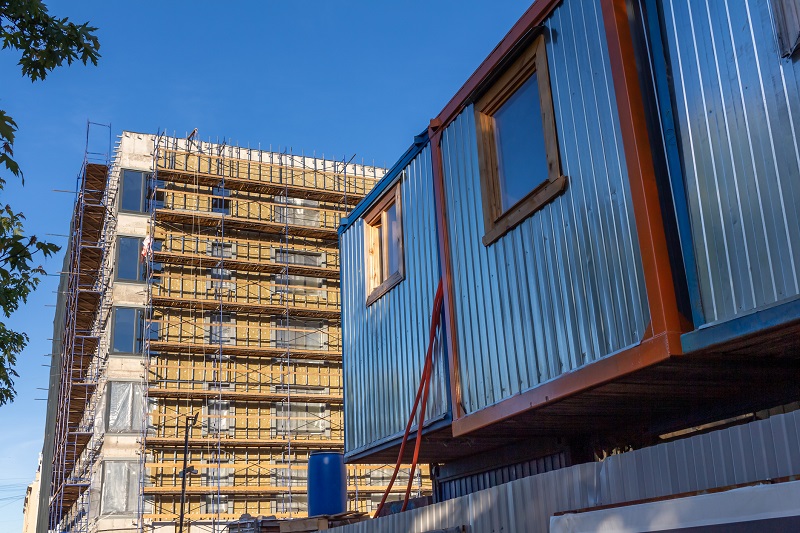
In modern residential buildings or skyscrapers, steel is an essential material used. This is because wood or concrete struggle to maintain the structural integrity of tall buildings. Steel is harder to work with compared to wood, but it is incredibly flexible in terms of bending and transforming into various shapes without the risk of breaking or cracking. This advantage is crucial for future houses.
If weight is not a disadvantage, steel modular houses can be assembled and completed more quickly than wooden houses. Additionally, steel has a durability of hundreds of years and excellent fire resistance, allowing construction companies to create sturdy and safer buildings in the face of thousands of large and small fires that occur each year. Moreover, the recyclability of steel is infinite, whether in its solid state or melted down. Furthermore, the carbon emissions from steel are relatively low in the environment.
Concrete and Cement
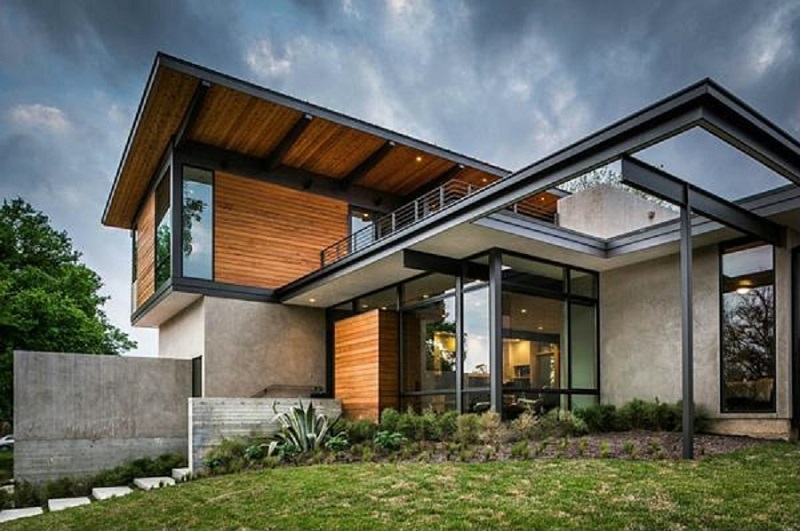
Concrete is primarily used in foundation construction. However, in the 21st century, it has become a useful tool in prefabricated house construction. Components made from concrete or reinforced cement can be produced in a factory. All stages are well-controlled, from temperature to moisture, ensuring optimal preservation and proper drying processes. Therefore, homeowners can have peace of mind regarding the quality of their houses.
A disadvantage is that concrete can only be applied to a certain extent in a house, and it cannot encompass around 70% of all details. Typically, the assistance of wood and steel is sought to make the structural elements of prefabricated houses appear softer and more flexible. In terms of durability, concrete materials are not inferior to the previous two types. On the contrary, they are even more robust if the drying process is tightly controlled.
Until now, prefabricated houses have not been the top choice for users in Asia. However, this approach is experiencing significant development in European countries, ranging from technology to techniques. Accordingly, the choice of suitable materials is evaluated based on various criteria, such as:
- Desired architectural style?
- Significant benefits the house brings?
- Affordable costs?
- Intended for long-term use or temporary solutions?
Once all these questions have been answered, a prefabricated house consultant will help you determine the suitable materials for your future home. We hope the information in this article has addressed your concerns. Please contact us for further assistance:
- Hotline: 0922 668 868
- Email: [email protected]
- Facebook: Cơ khí Việt Sơn
- Website: www.vietson.com.vn

